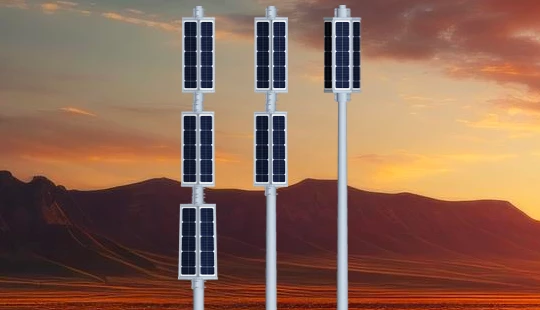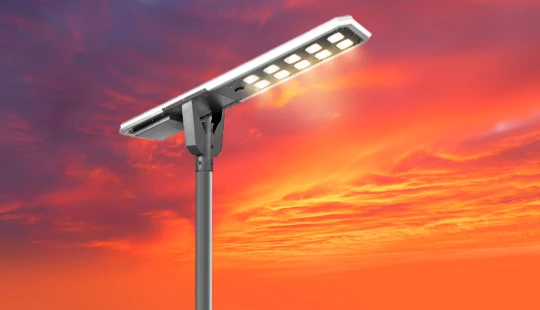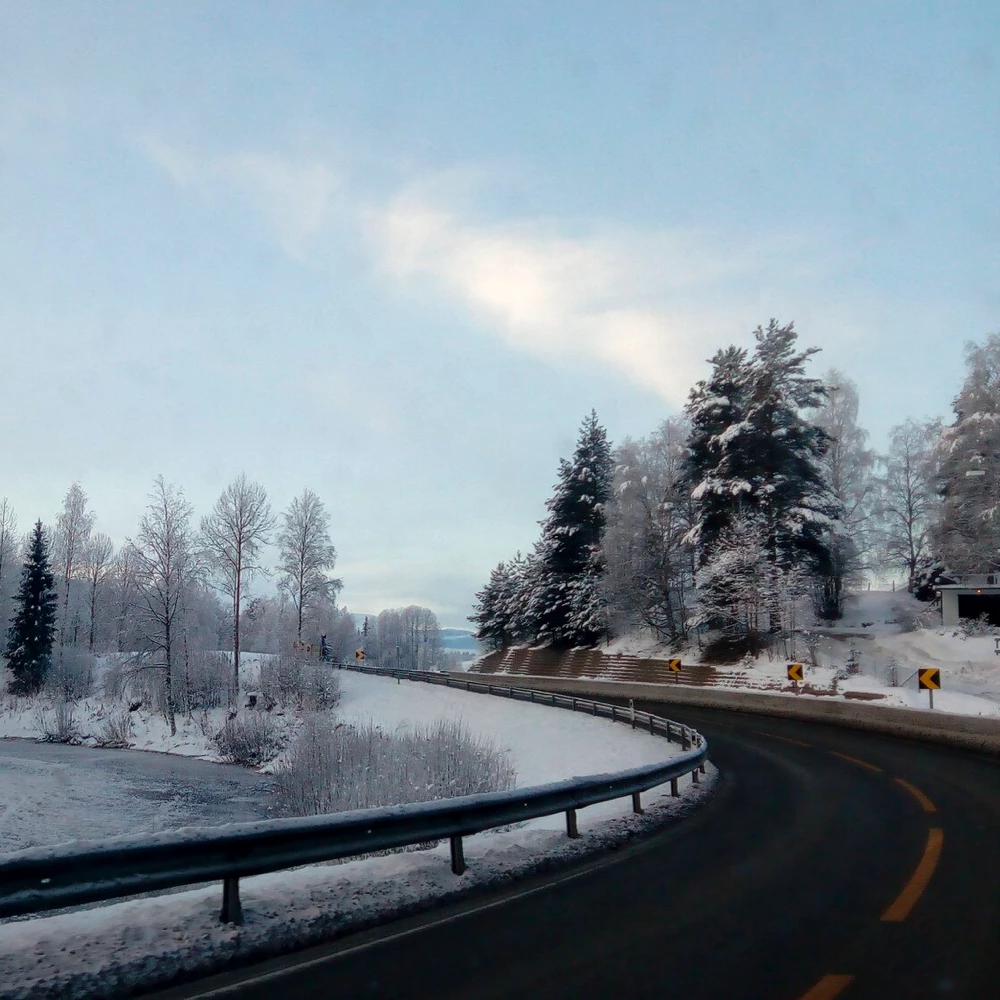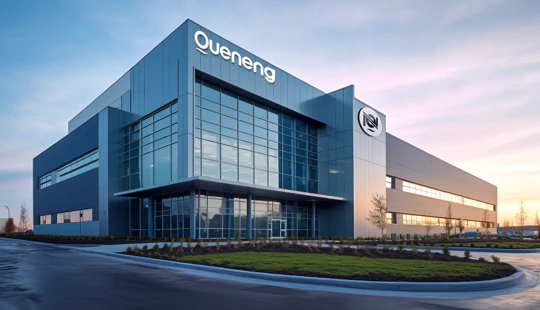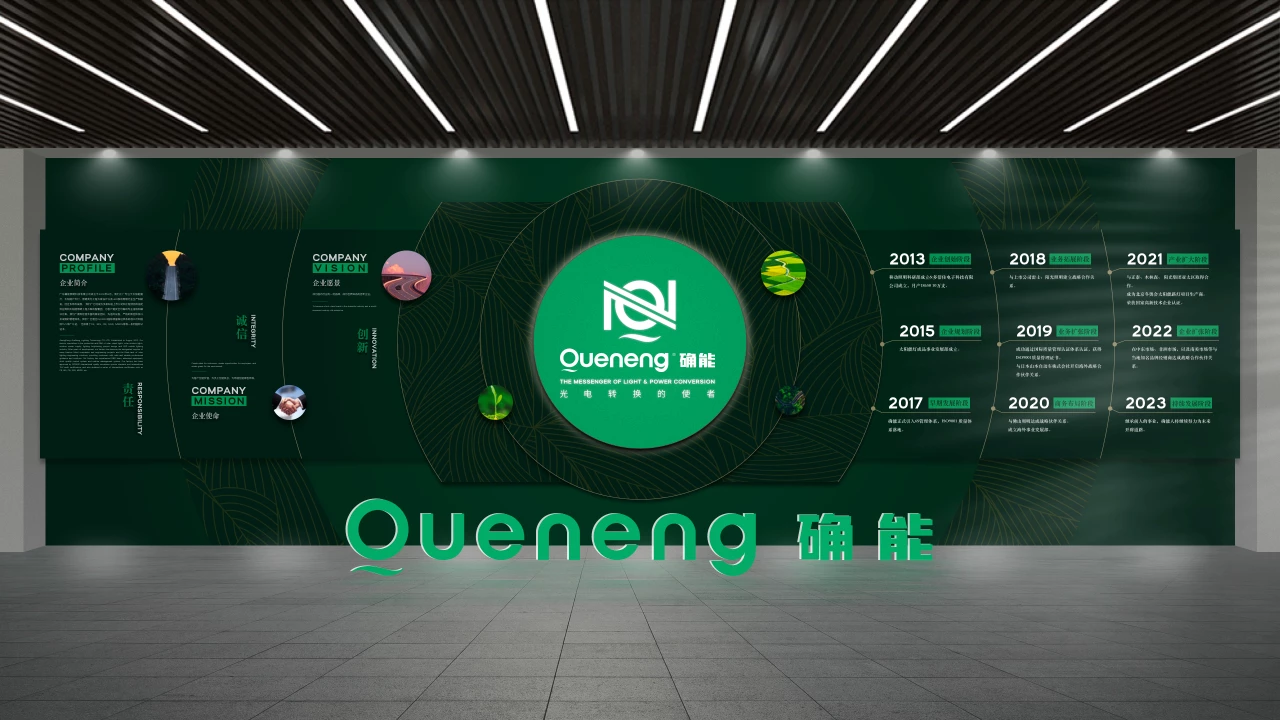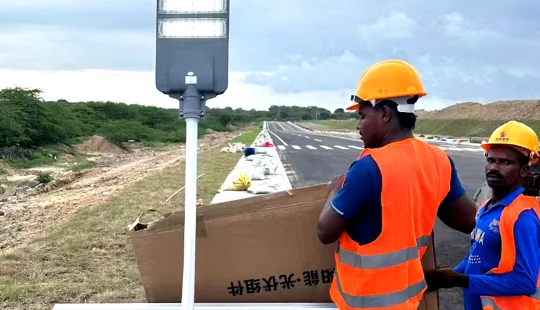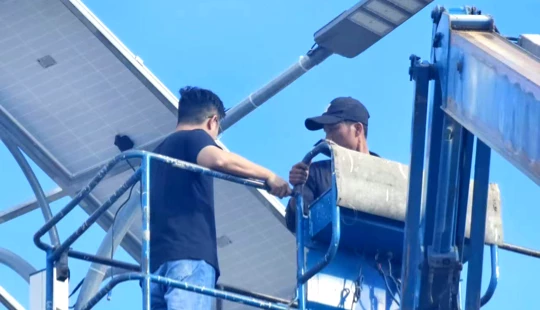can solar lights work during rainy season | Quenenglighting Expert Guide
Navigating Solar Lighting Performance in Rainy Seasons: A Buyer's Guide
The increasing adoption of solar lighting solutions across commercial and public sectors brings a critical question to the forefront, especially for professional buyers: Can solar lights work reliably during the rainy season? The answer, while largely positive, comes with important nuances. Modern solar lighting technology has advanced significantly, offering robust solutions designed to withstand various environmental challenges, including prolonged wet and overcast conditions. However, understanding the specific features and specifications that guarantee performance in high-rainfall areas is paramount for successful procurement and deployment. This guide delves into key considerations, common concerns, and professional insights to ensure your solar lighting investments perform optimally, even when the sun takes a break.
Can Solar Lights Operate Reliably During Rainy Season?
Yes, solar lights are designed to operate during the rainy season, but their reliability is directly tied to their build quality and specific features. The most critical factor is the Ingress Protection (IP) rating. For outdoor solar lights, an IP65 rating is generally considered the minimum standard, signifying protection against dust ingress and low-pressure water jets from any direction. For areas with heavy downpours or potential for temporary submersion, an IP67 or even IP68 rating offers superior water resistance. Beyond the IP rating, the quality of materials—such as corrosion-resistant aluminum alloy, UV-stabilized ABS plastic, and sealed tempered glass for solar panels—plays a vital role in long-term durability. While the physical structure can resist rain, the performance during persistent cloud cover is a separate consideration.
How Does Reduced Sunlight Affect Solar Light Charging and Runtime?
Reduced sunlight, due to heavy cloud cover or continuous rain, significantly impacts a solar light's charging efficiency and subsequent runtime. Solar panels convert sunlight into electricity, and less sunlight means less electricity generated. On heavily overcast days, solar irradiance can be reduced by 70-90% compared to clear sunny days. This directly translates to less energy being stored in the light's battery. To counteract this, high-efficiency monocrystalline solar panels (typically 17-22% efficient) are preferred as they capture more energy from diffuse light. Furthermore, the battery capacity (measured in Ah or Wh) is crucial. A system designed with sufficient battery autonomy—meaning it can power the light for multiple nights on a single full charge (e.g., 2-3 days autonomy)—is essential for sustained performance during extended periods of low sunlight. Advanced Maximum Power Point Tracking (MPPT) charge controllers also help optimize charging even under suboptimal light conditions.
What Specific Features or Technologies Enhance Solar Light Durability in Wet Weather?
Beyond the fundamental IP rating, several features and technologies contribute to a solar light's durability and performance in wet climates:
- High-Quality Battery Technology: Lithium Iron Phosphate (LiFePO4) batteries are highly recommended over older technologies like NiMH or lead-acid. LiFePO4 batteries offer a longer lifespan (2,000-8,000 charge cycles compared to 500-1,000 for NiMH), better performance in varying temperatures, and enhanced safety.
- Robust Enclosure Materials: Components housed in sealed, corrosion-resistant materials like die-cast aluminum or marine-grade alloys prevent water ingress and material degradation over time.
- Smart Power Management Systems: Integrated systems that can adjust light output based on remaining battery charge or projected sunlight can extend operational time. Some systems can reduce brightness during prolonged cloudy periods to conserve energy.
- Efficient LED Drivers: Stable and efficient LED drivers ensure consistent light output even as battery voltage fluctuates slightly, contributing to overall reliability.
- Proper Gaskets and Seals: All access points and joins must have high-quality silicone or rubber gaskets to form a watertight seal, preventing moisture from reaching sensitive electronics.
Are There Specific Maintenance Tips for Solar Lights in High-Rainfall Areas?
Even robust solar lights benefit from regular maintenance, especially in high-rainfall regions:
- Panel Cleaning: While rain can wash some dust away, it often leaves mineral deposits or can't remove sticky residues like bird droppings or tree sap. Regularly clean solar panels with a soft cloth and water to maximize light absorption. A dirty panel can reduce efficiency by 15-25% or more.
- Optimal Placement: Ensure solar panels are positioned to receive maximum indirect sunlight even on cloudy days. Avoid areas where water might pool around the base of the light or where foliage can create constant shade.
- Inspect for Damage: Periodically check the light fixture for any cracks, loose seals, or signs of corrosion. Promptly address any issues to prevent water ingress.
- Clear Obstructions: Ensure no leaves, dirt, or debris accumulate on the panel or around the light sensor, which can impair performance.
- Battery Health Monitoring: While LiFePO4 batteries are durable, monitor their performance over time. A noticeable decrease in runtime might indicate a weakening battery that needs replacement, typically after 5-10 years of service.
What Should Professional Buyers Look For When Procuring Solar Lights for Rainy Climates?
When procuring solar lights for environments prone to heavy rain and extended overcast periods, professional buyers should prioritize the following:
- High IP Rating: Insist on IP65, IP66, or IP67 ratings for all outdoor components to guarantee water and dust resistance.
- Adequate Battery Autonomy: Specify a battery capacity that supports at least 2-3 days of autonomy without direct sunlight. This ensures continued operation during prolonged cloudy spells.
- High-Efficiency Solar Panels: Choose lights with monocrystalline silicon solar panels, known for their superior efficiency, especially in low-light conditions.
- Quality Components and Certifications: Verify the quality of LEDs, charge controllers (preferably MPPT), and housing materials. Look for products with international certifications (e.g., CE, RoHS, UL) indicating adherence to safety and performance standards.
- Manufacturer's Warranty and Reputation: A strong warranty (e.g., 3-5 years on the entire fixture, longer on specific components) signals manufacturer confidence. Research the supplier's track record, especially their experience in similar challenging climates.
- Integrated Energy Management: Some advanced systems offer adaptive lighting profiles or dimming capabilities that automatically adjust brightness to conserve power during low-charge periods, extending operational time.
By focusing on these professional procurement considerations, businesses and municipalities can invest in solar lighting solutions that are not only environmentally friendly but also reliably perform through all seasons, including the rainiest ones.

Have more questions about our products or services?
The latest hot news you might like

Discover how solar panels power street lights, exploring the technology behind solar energy conversion, storage systems, and how solar-powered street lights are revolutionizing urban and rural lighting solutions.

Learn how AC Solar Hybrid Street Lights work, their advantages, disadvantages, system behavior in low-sunlight conditions, and why hybrid technology is ideal for regions with unstable sunlight.

Municipalities around the world are increasingly adopting solar-powered streetlights as part of their urban development strategies. Rising energy costs, the need for sustainable infrastructure, and government green initiatives are driving cities to switch from traditional street lighting to advanced LED solar streetlights.
Queneng Lighting provides municipalities with cost-effective, energy-efficient, and durable solar lighting solutions, ensuring safe and sustainable public spaces.
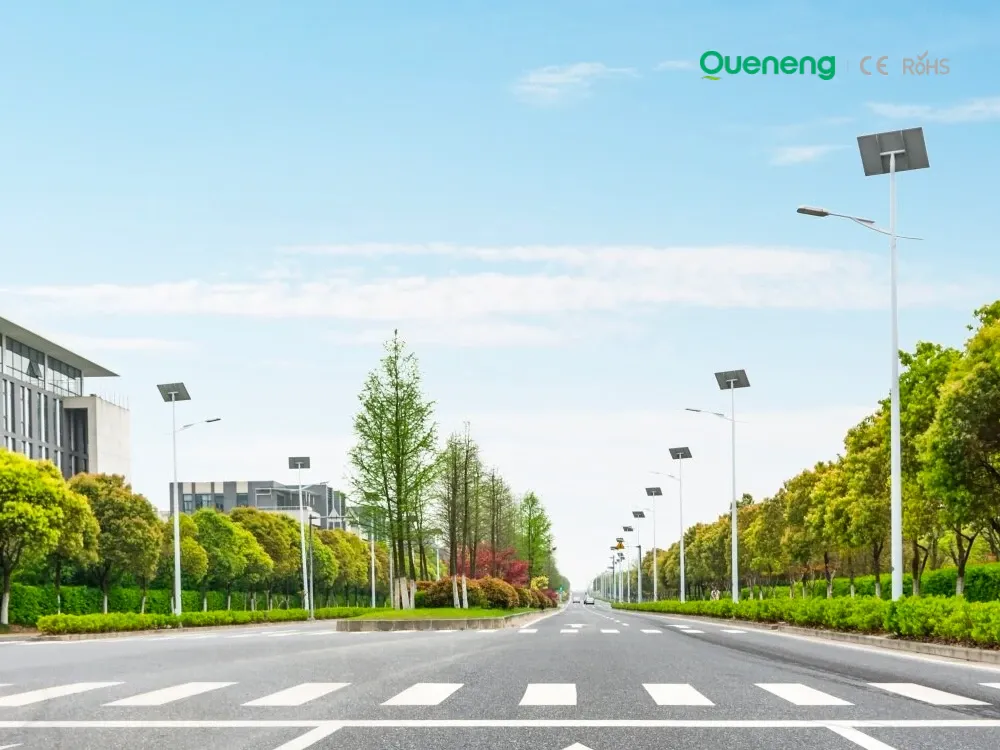
In recent years, the purchase of solar streetlights for municipalities has become a growing trend across the globe. Local governments are under pressure to reduce public expenditure, promote green energy, and create safer communities. Solar streetlights provide a reliable, cost-effective, and sustainable solution that meets these needs. Queneng Lighting, as a leading solar street lighting manufacturer, has supported multiple municipal projects worldwide with customized and energy-efficient solutions.
FAQ
Solar Street Light Luyi
How do Luyi solar street lights save energy compared to traditional street lights?
Luyi solar street lights save energy by using solar power, a renewable energy source, to operate. Unlike traditional street lights that rely on the electrical grid, Luyi lights harness the sun’s energy during the day, which is stored in the battery for nighttime use. The energy-efficient LEDs provide bright illumination while consuming less power than conventional lighting options, significantly lowering electricity costs.
Battery Performance and Testing
What is self-discharge of secondary batteries?
Battery fundamentals and basic terms
What is open circuit voltage?
Transportation and Highways
How do solar lights perform in areas with heavy traffic pollution?
Solar panels may require more frequent cleaning in high pollution areas to maintain efficiency, but the system's durability ensures reliable performance.
Sustainability
What is the warranty period for Queneng solar street lights?
We offer a 3–5-year warranty on all solar street lights, depending on the model and project requirements. During the warranty period, any issues arising from quality defects will be repaired or replaced at no cost.
Industry
Does installing Queneng’s solar street lights require a professional team?
While our systems are designed for easy installation, we recommend having our professional team conduct the installation to ensure optimal operation and correct system setup.


Queneng's Luzhou Solar Street Light provides sustainable, energy-efficient outdoor LED lighting. Powered by solar energy, it's a cost-effective and eco-friendly solution for illuminating streets and pathways. A reliable and durable LED solar street light.

Queneng’s Solar Street Lights are designed to provide reliable, energy-efficient lighting for streets, parks, and other outdoor spaces.

The Solar Streetlights of Luhao for Municipalities are designed to deliver reliable, energy-efficient, and cost-effective public lighting solutions. Equipped with advanced LED technology, durable lithium batteries, and high-efficiency solar panels, these streetlights provide consistent illumination for roads, parks, residential areas, and government projects.

The Solar Street Light offers an energy-efficient, eco-friendly solution for illuminating outdoor spaces.

Discover the Lulin High-Performance Solar Street Light by Queneng, a durable and energy-saving outdoor lighting solution. Designed for efficiency and reliability, it harnesses solar power to sustainably illuminate streets and pathways. Optimize your outdoor spaces today with Queneng's innovative solar street lighting technology.
If you would like more information about Queneng solar lighting solutions, please send us a message by filling out the form below. Our professional team will get back to you within 24 hours!
Rest assured that your privacy is important to us, and all information provided will be handled with the utmost confidentiality.
Schedule a Meeting

Book a date and time that is convenient for you and conduct the session in advance.
Have more questions about our products or services?

